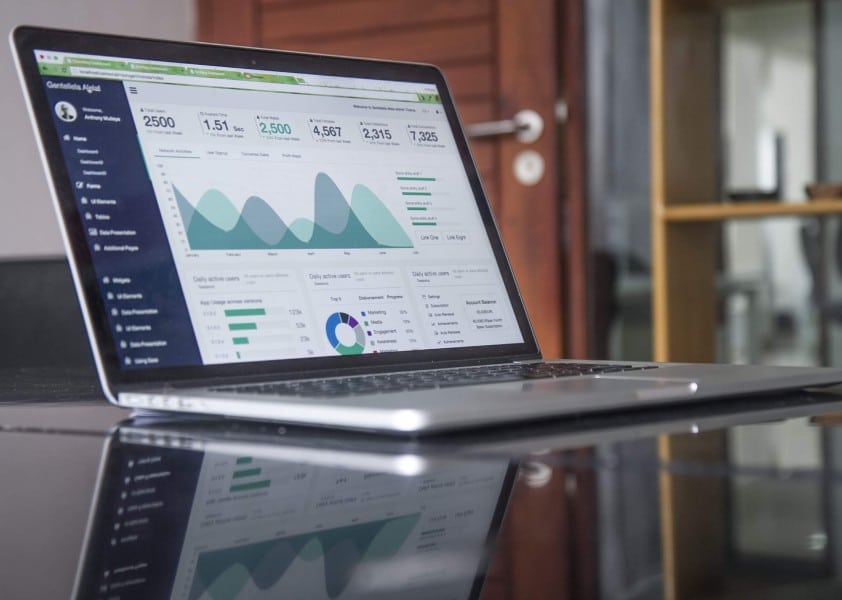We’re living in a world that generates more data than ever before. Organisations have an amazing opportunity to use some of this data, but they need to process it in the right way – and know what they’re looking for – if they want to get any useful information out of it.
Being able to interpret and use data correctly is vital for modern organisations. For these businesses, data fuels their decision-making process, enables visualisation and powers artificial intelligence-based solutions.
How can organisations collect and process data efficiently?
Having a rich source of data is like discovering an untapped oil well – you know it’s there, but you need to work to extract and benefit from it.
Dealing with Big Data can be especially intimidating because of its sheer volume, the variety of sources it comes from, the speed with which the data is added to and the need to verify its quality. Getting usable information from Big Data is hard work.
To get the full benefit of this data, organisations need to focus on elements like creating efficient storage solutions, finding cost-efficient ways to handle the data and knowing what their KPIs are (and exactly what sort of insights the data could provide them with).
Once data is managed efficiently (and the organisation knows it’s of high quality), they can use it to power AI solutions.
How organisations are using AI to revolutionise their industries
Many of us will already be familiar with AI in our daily lives. Whether it’s from scrolling through Netflix watch suggestions, trying to resist our Amazon recommendations, dealing with AI elements in the games we play or playing around with ChatGPT, we’re already becoming familiar with the technology.
Organisations are using AI to measure the performance, accuracy, and efficiency of their work through dashboards (Zenitech does a lot of dashboard creation for clients so they can gain insight from data). It’s used for continuous learning and improvement, automated algorithms, feedback loops and domain analysis.
Here are just some examples of how we’re seeing organisations use AI in practice.
Healthcare is using AI to help diagnose diseases and develop personalised treatment plans. For example, researchers at Google have developed an AI system that can detect breast cancer more accurately than human doctors.
Retailers are using data science and AI to improve customer experiences and optimise their supply chains. For example, Amazon uses machine learning algorithms to recommend products to customers based on their purchase history.
Financial institutions use AI to detect fraud and improve risk management. For example, JP Morgan Chase has developed an AI-powered fraud detection system to analyse millions of real-time transactions to identify suspicious activity. The algorithm uses data from a variety of sources, including customer transaction histories, third-party data sources, and publicly available data, to identify potential fraud. When the algorithm detects suspicious activity, it flags the transaction for further investigation by human analysis.
Transportation companies are using AI to optimise routes and reduce fuel consumption. For example, UPS uses AI to optimise its delivery routes, which has resulted in significant cost savings and reduced emissions.
The agriculture sector uses AI to improve crop yields and reduce waste. For example, John Deere has developed an AI-powered system that can analyse satellite imagery to identify sections of fields that need more (or less) fertiliser.
The entertainment sector uses AI to understand the preference of users and to recommend the best content for individuals. It can generate personalised arts (e.g. movie covers) to raise awareness of users and it is used to analyse patterns and optimise even licence fees based on usage statistics. AI is also used to improve performance, predict peaks in the traffic and prepare/scale systems for higher load to provide the best experience to users.
Of course, there are concerns around AI (such as issues with potential bias causing problems in providing accurate healthcare assessments to people of colour and concerns raised by governments and business leaders around the rapid development of the technology), but we can’t ignore its clear potential.



